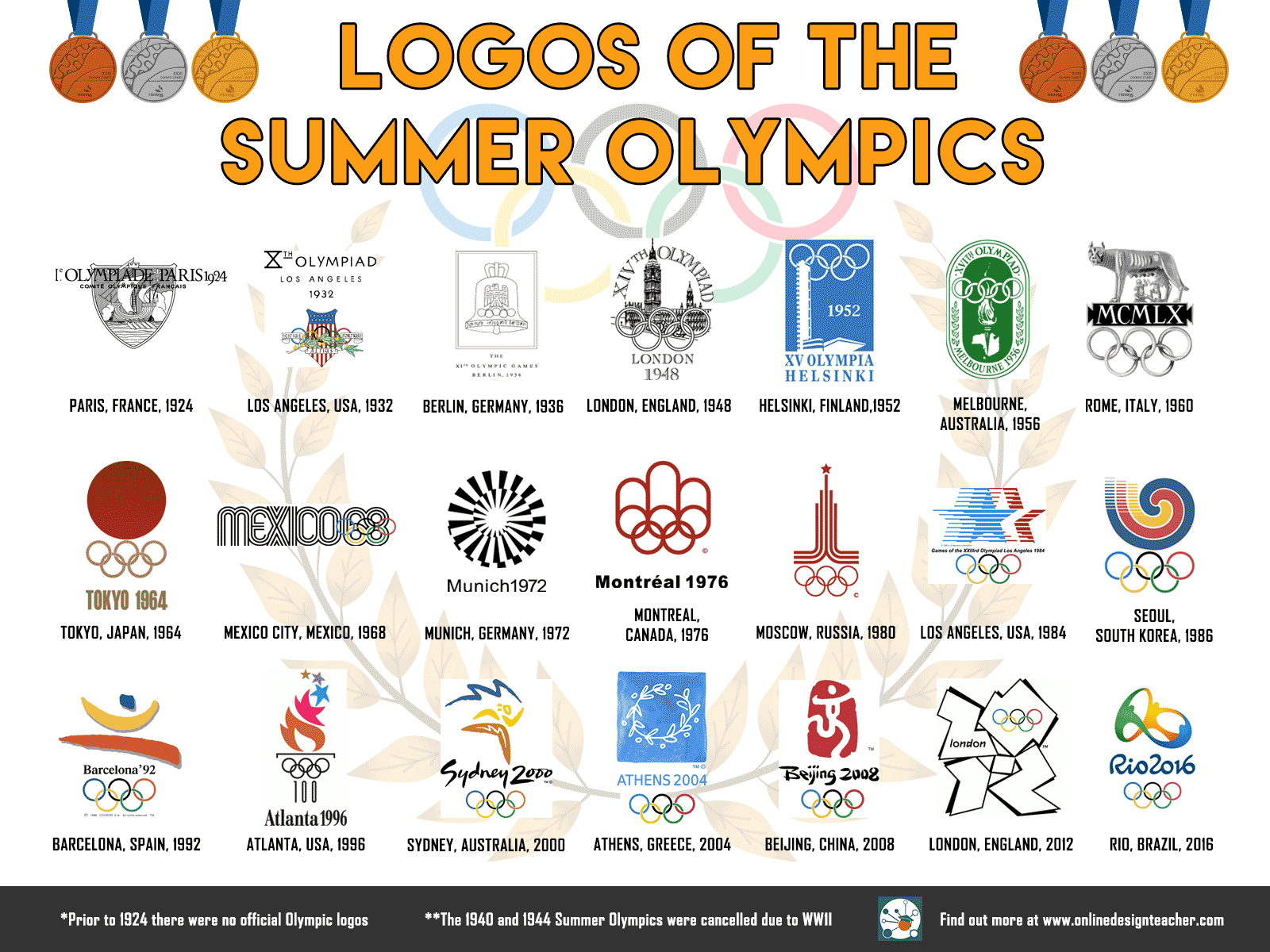Decoding the Olympic Rings: Meaning, History, and Impact
Ever wonder what those five interlocking rings, a universal symbol of athleticism and international unity, truly represent? The Olympic Games symbol, often referred to as the Olympic rings, is arguably one of the most recognizable emblems in the world. But beyond its visual familiarity, lies a rich history and deeper meaning that resonates with athletes and spectators alike. This article delves into the fascinating story of the Olympic rings, exploring its evolution, significance, and impact on the global stage.
The Olympic rings are more than just a logo; they are a visual representation of the Olympic Movement's core principles. The five interconnected rings, colored blue, yellow, black, green, and red, symbolize the unity of the five continents participating in the Games. This representation of global harmony is a crucial element of the Olympic spirit, fostering friendly competition and mutual respect among nations.
Created in 1913 by Baron Pierre de Coubertin, the founder of the modern Olympic Games, the Olympic symbol's design was inspired by the interlocking rings of the Union des Sociétés Françaises de Sports Athlétiques (USFSA), a French sports federation. Coubertin envisioned a symbol that would embody the universal nature of the Games and promote peace and understanding across borders. His vision came to life with the five rings, representing Africa, Asia, America, Europe, and Oceania, intertwined in a harmonious design.
The significance of the Olympic ring imagery extends far beyond its aesthetic appeal. The emblem serves as a powerful reminder of the Games' fundamental values: excellence, friendship, respect, and understanding. It embodies the spirit of sportsmanship and fair play, encouraging athletes to strive for their best while upholding the principles of ethical competition. The Olympic rings also symbolize the power of sport to transcend cultural and political differences, uniting people from all walks of life under a shared passion for athletic achievement.
The Olympic emblem's prominence also comes with its share of challenges. Protecting the integrity of the Olympic symbol and preventing its unauthorized use is a constant battle for the International Olympic Committee (IOC). The IOC has strict guidelines regarding the use of the Olympic rings, ensuring that the emblem is only used in ways that align with the Olympic Charter and its values. This protection is crucial in maintaining the symbol's unique status and preserving its symbolic power.
The five colors of the Olympic rings, along with the white background, were chosen because at least one of these colors is present in the flag of every nation. This thoughtful selection further emphasizes the universality of the Games and their inclusivity of all nations.
One of the main issues concerning the Olympic visual representation is its commercial exploitation. The IOC works diligently to protect the emblem from unauthorized use, particularly in advertising and merchandising. This protection ensures that the Olympic rings remain a symbol of pure athleticism and are not diluted by commercial interests.
Advantages and Disadvantages of the Strong Olympic Symbolism
| Advantages | Disadvantages |
|---|---|
| Instantly recognizable global brand | Potential for misuse and misrepresentation |
| Represents unity and peace | Subject to strict usage regulations |
| Evokes strong emotions and national pride | Can be exploited for commercial gain |
Best Practice 1: Obtain proper licensing before using the Olympic rings.
Best Practice 2: Use the Olympic emblem only in contexts that align with the Olympic Charter.
Best Practice 3: Respect the integrity of the Olympic rings and avoid altering the design.
Best Practice 4: Ensure proper color representation when using the Olympic emblem.
Best Practice 5: Refrain from using the Olympic rings for political or commercial endorsements without authorization.
Frequently Asked Questions:
1. What do the Olympic rings represent? The five rings represent the five continents participating in the games.
2. Who created the Olympic rings? Baron Pierre de Coubertin.
3. What are the colors of the Olympic rings? Blue, yellow, black, green, and red.
4. When were the Olympic rings designed? 1913.
5. What is the significance of the interlocked design? It represents the unity and interconnectedness of the world.
6. Can anyone use the Olympic rings? No, usage is strictly regulated by the IOC.
7. What is the Olympic Charter? The set of rules and guidelines governing the Olympic Movement.
8. Why is the Olympic symbol protected? To preserve its integrity and prevent misuse.
Tips and Tricks: When researching the Olympic ring imagery, rely on official sources like the IOC website for accurate information. Be mindful of copyright restrictions and licensing requirements when using any Olympic-related images.
In conclusion, the Olympic Games symbol is far more than a simple design. It’s a powerful representation of global unity, sporting excellence, and the pursuit of peace through friendly competition. From its inception by Baron de Coubertin to its modern-day significance, the five interlocking rings evoke strong emotions and represent the highest ideals of the Olympic movement. Understanding the history and meaning of this iconic emblem deepens our appreciation for the Games and the unifying power of sport. Let us all strive to uphold the values represented by the Olympic rings, fostering a spirit of respect, friendship, and understanding in all our endeavors. By protecting the integrity of this powerful symbol, we ensure that it continues to inspire generations of athletes and spectators to come, reminding us of the unifying power of sport and the importance of international cooperation. As the Games continue to evolve, the Olympic rings remain a constant symbol of hope, reminding us that even in a world filled with differences, we can come together in the spirit of friendly competition and strive for a better future.
Legal questions get answers online now
Unlocking your financial flow navigating pnc bank branches in tampa florida
Unlocking the jeep wj bolt pattern your complete guide














